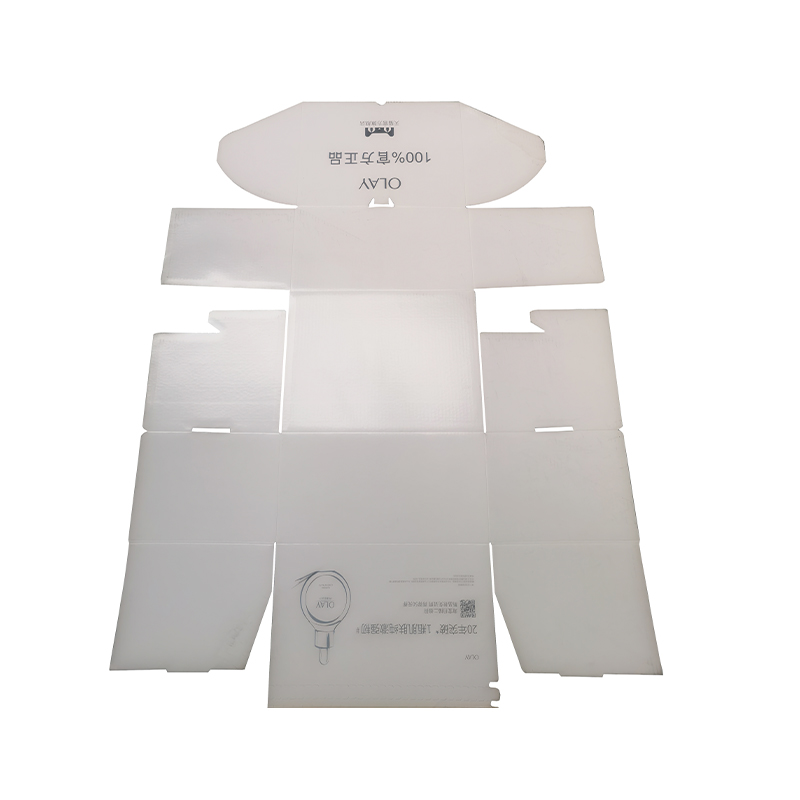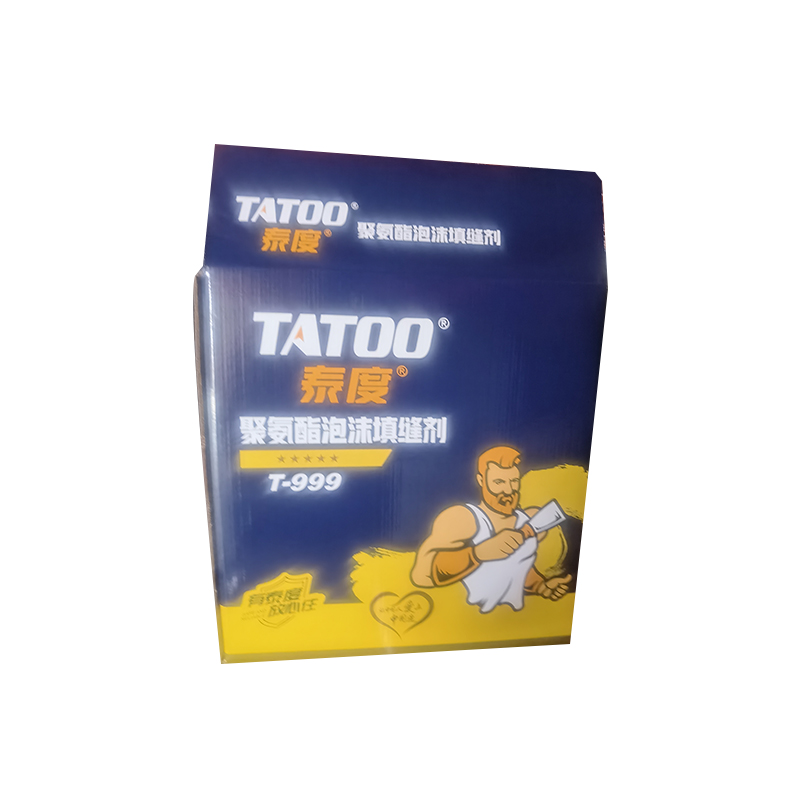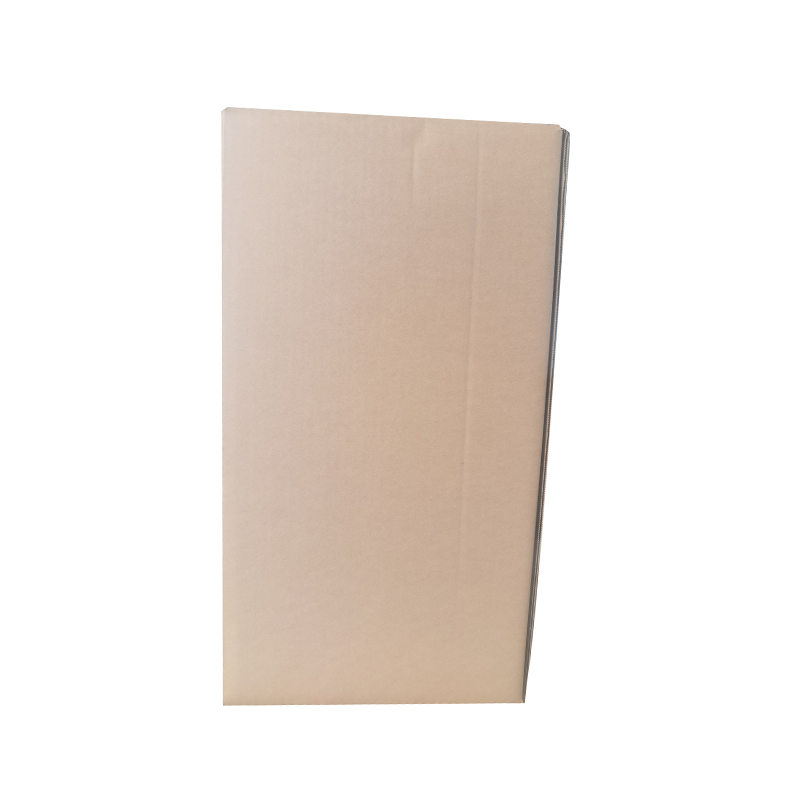How to avoid bubbling and delamination problems in the color box mounting process?
Release Time : 2025-11-19
Color box mounting is a process of bonding the face paper and backing paper with adhesive. Improper operation can easily lead to bubbling or delamination, affecting the product's appearance and structural strength. Bubbling is usually caused by uneven adhesive layer, improper environmental humidity, or differences in material absorbency; delamination is often caused by incorrect adhesive selection, insufficient pressure, or improper material surface treatment. Solving these problems requires comprehensive optimization from multiple dimensions, including material selection, process control, and environmental management.
Material selection is fundamental to avoiding bubbling and delamination. The face paper and backing paper materials must be compatible. For example, if the face paper is highly absorbent coated paper, the backing paper should be a grey board or MDF with similar absorbency to avoid uneven adhesive layer shrinkage due to differences in absorption rates. If the material absorbency differs significantly, a waterproof coating can be applied to the backing paper surface to reduce the impact of moisture penetration on the adhesive layer. Furthermore, the type of adhesive must be compatible with the material properties. For example, water-based adhesives are suitable for highly absorbent paper, while hot melt adhesives are more suitable for non-absorbent materials. Improper selection can directly lead to weak adhesion or bubbling.
The adhesive coating process directly affects the bonding quality. The coating amount needs to be uniform and moderate. Too much adhesive can result in an excessively thick adhesive layer, which shrinks during drying, generating stress and causing bubbling. Too little adhesive will not form a complete adhesive layer, causing delamination. Traditional manual coating is prone to unevenness; an automatic coating machine can be used to achieve precise adhesive distribution through mechanical control. The coating method also needs to be adjusted according to the material characteristics. For example, for rough-surfaced backing paper, roller coating or spray coating processes can be used to ensure the adhesive layer penetrates into the material; for smooth face paper, scraping or screen printing is suitable to avoid adhesive buildup.
Pressure and time control are crucial aspects of the bonding process. Sufficient pressure must be applied during lamination to ensure the adhesive layer fully fills the tiny gaps between the face paper and backing paper, expelling air. Insufficient pressure can lead to poor adhesion between the adhesive layer and the material, resulting in localized delamination; excessive pressure may damage the material surface, affecting the appearance. The duration of pressure application is equally important. The adhesive needs to be maintained under pressure for a certain period to complete initial curing. If pressure is released too early, the adhesive layer may not be fully bonded, easily causing blistering. For water-based adhesives, pressure is typically maintained for 1-2 minutes; for hot melt adhesives, due to their faster curing speed, the pressure time can be shortened to about 30 seconds.
Ambient temperature and humidity significantly affect the lamination process. High humidity causes the material to absorb moisture and expand, slowing down the drying process and easily leading to blistering; low humidity causes the material to dry and shrink, making the adhesive layer brittle and increasing the risk of delamination. Production workshops should be equipped with temperature and humidity control equipment, maintaining humidity between 40%-60% and temperature between 20-25℃. Furthermore, the material storage environment must be dry and well-ventilated to prevent moisture damage and deformation. In humid weather, materials can be pre-treated, such as using a dryer to remove surface moisture or using moisture-proof packaging to protect unused materials. Surface treatment of materials can improve adhesion. If the surface of the face paper or backing paper is contaminated with oil, dust, or release agent, it will hinder direct contact between the adhesive layer and the material, resulting in weak adhesion. Before mounting, the material surface must be cleaned; impurities can be removed by wiping with alcohol or using a specialized cleaner. For smooth materials, such as laminated or metallized paper, surface roughness can be increased through corona treatment or sanding to improve adhesive adhesion. Corona treatment creates micro-bumps on the material surface, enhancing mechanical interlocking; sanding physically breaks down the smooth layer, making it easier for the adhesive to penetrate.
Post-mounting care is equally important. Newly mounted color boxes need to be left to stand for a period of time to allow the adhesive to fully cure. Immediately proceeding with the next step, such as folding or handling, will cause the uncured adhesive layer to be susceptible to external forces, leading to bubbling or delamination. The standing time needs to be adjusted according to the type of adhesive; water-based adhesives typically require more than 24 hours, while hot melt adhesives can be shortened to 4-6 hours. The environment must be well-ventilated to prevent the adhesive layer from curing due to heat and humidity.
Preventing blistering and delamination in color box mounting requires coordinated control of materials, processes, environment, treatment, and maintenance. By selecting suitable materials and adhesives, optimizing coating and pressure processes, strictly managing temperature and humidity, and ensuring proper surface treatment and maintenance, the mounting quality can be significantly improved, ensuring a stable color box structure and an aesthetically pleasing appearance.







